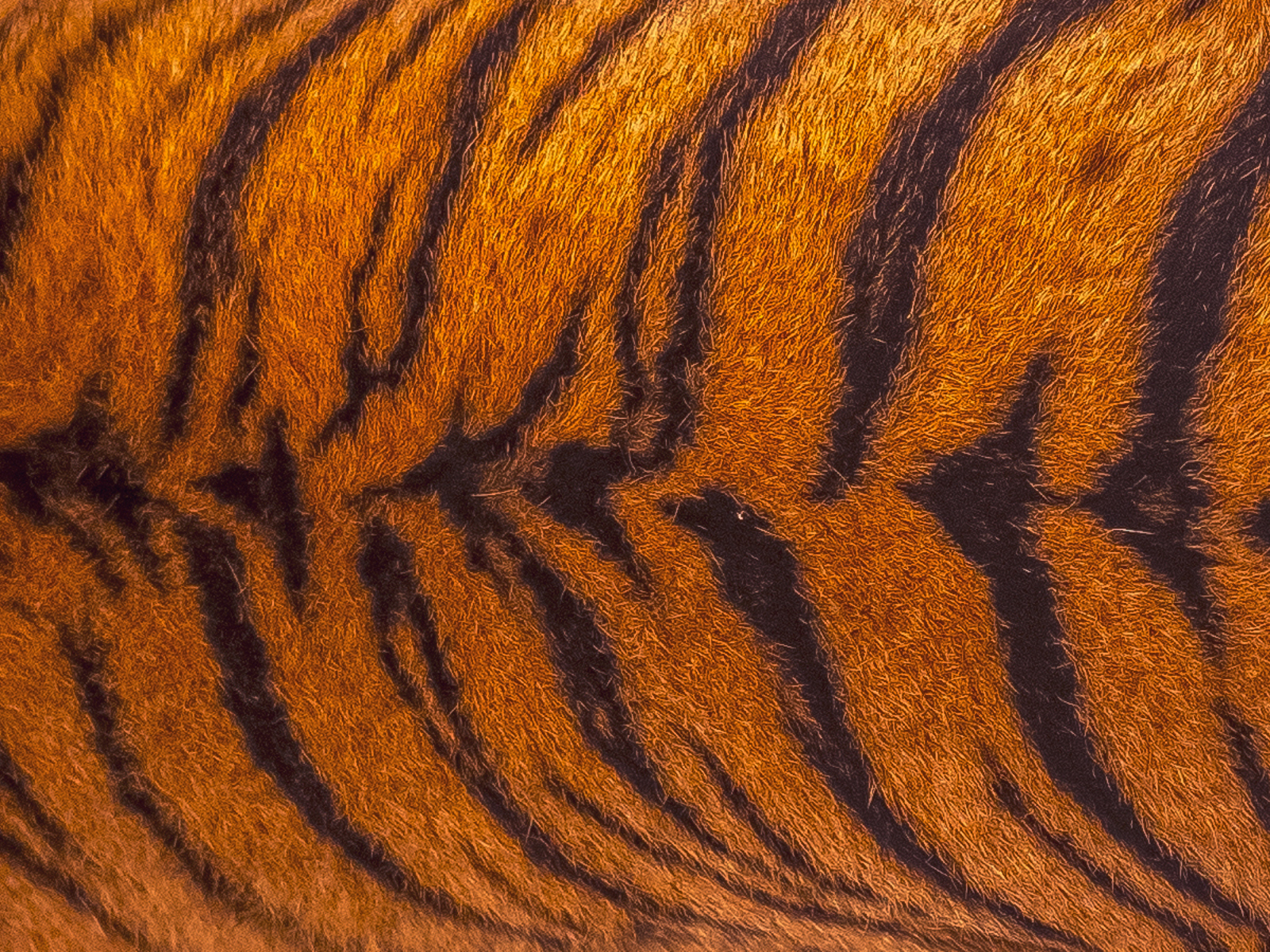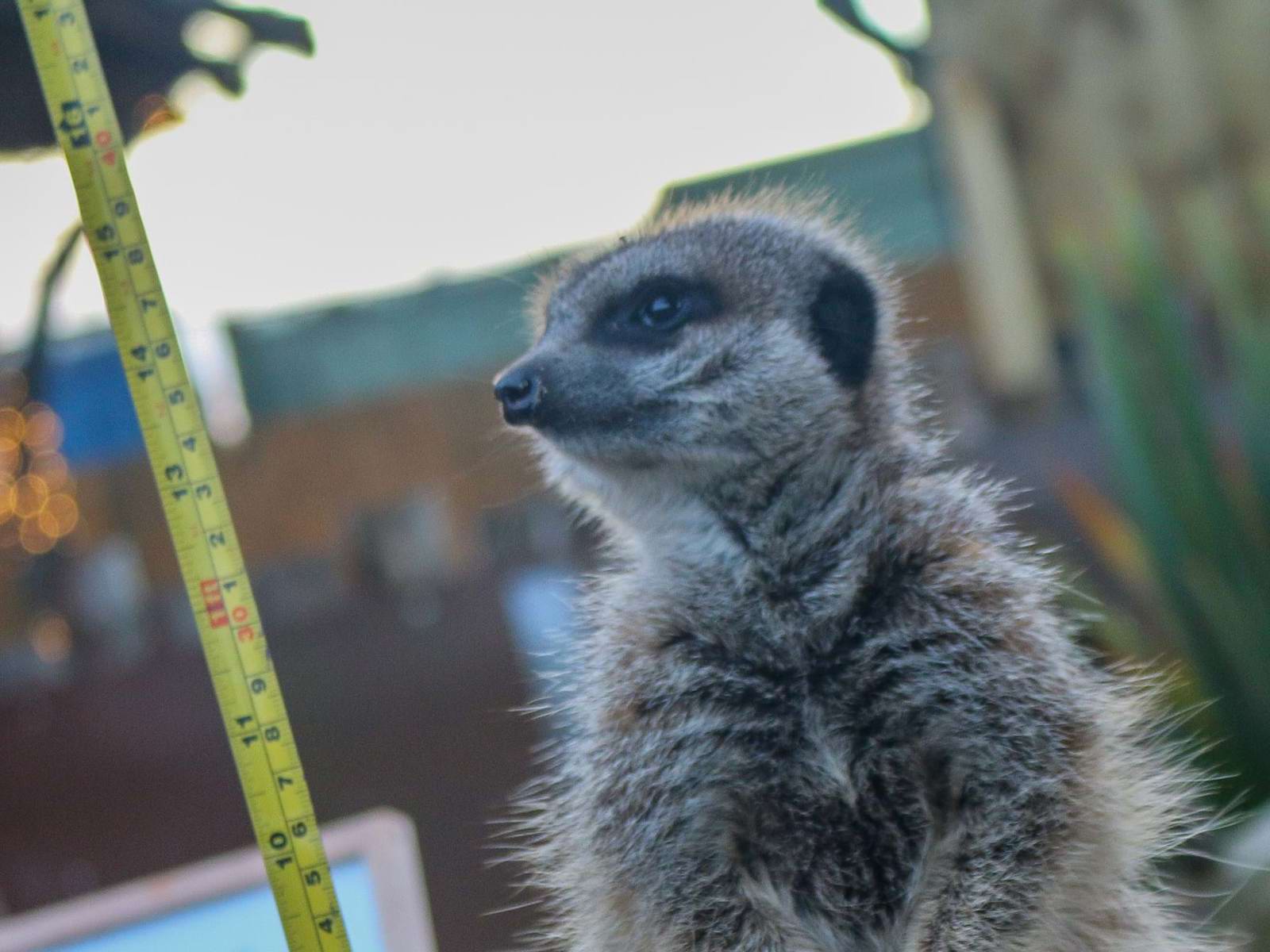
Yorkshire Wildlife Park Animal Audit
Dedicated rangers needed patience, invention and tasty treats to get the measure of all creatures great and small at Yorkshire Wildlife Park’s annual audit.
Each of the hundreds of animals, from tiny meerkats to Eastern Black Rhinos and Giraffes, has to be counted and have their vital statistics recorded as part of a national monitoring and conservation programme.
31 January 2024
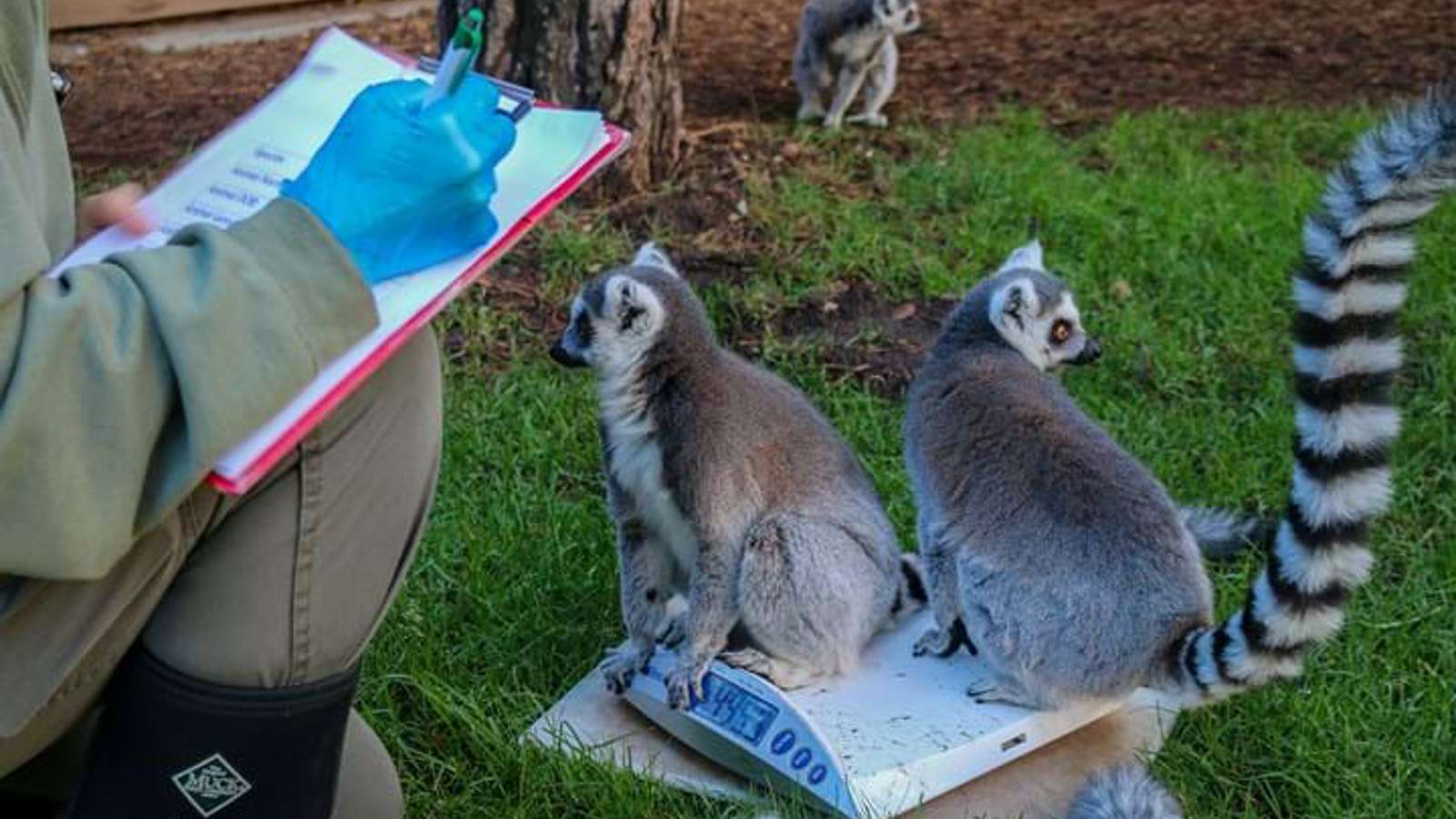
Coaxing them onto scales and to stay still long enough to get the tape measure in place took a weekend of innovation and hard work as the animals range from tiny primates weighing ounces to polar bears at 600kgs and the park’s three Eastern Black Rhinos that weight in at 1,350kgs.
“We have to make each animal comfortable and encourage them to stay still, which is tricky with the cheeky meerkats and Tamarin monkeys, and also find the appropriate equipment,” says Colin Northcott, Deputy Head of Carnivores at the award-winning park at Auckley, near Doncaster.
“But we are very lucky to have a team that is patient, experienced and always think of solutions quickly when faced with a problem.”
The 175-acre park is home to more than 70 rare and endangered species featuring the world’s smallest Antelope, the Kirk’s Dik-dik, and the rare Amur Leopard.
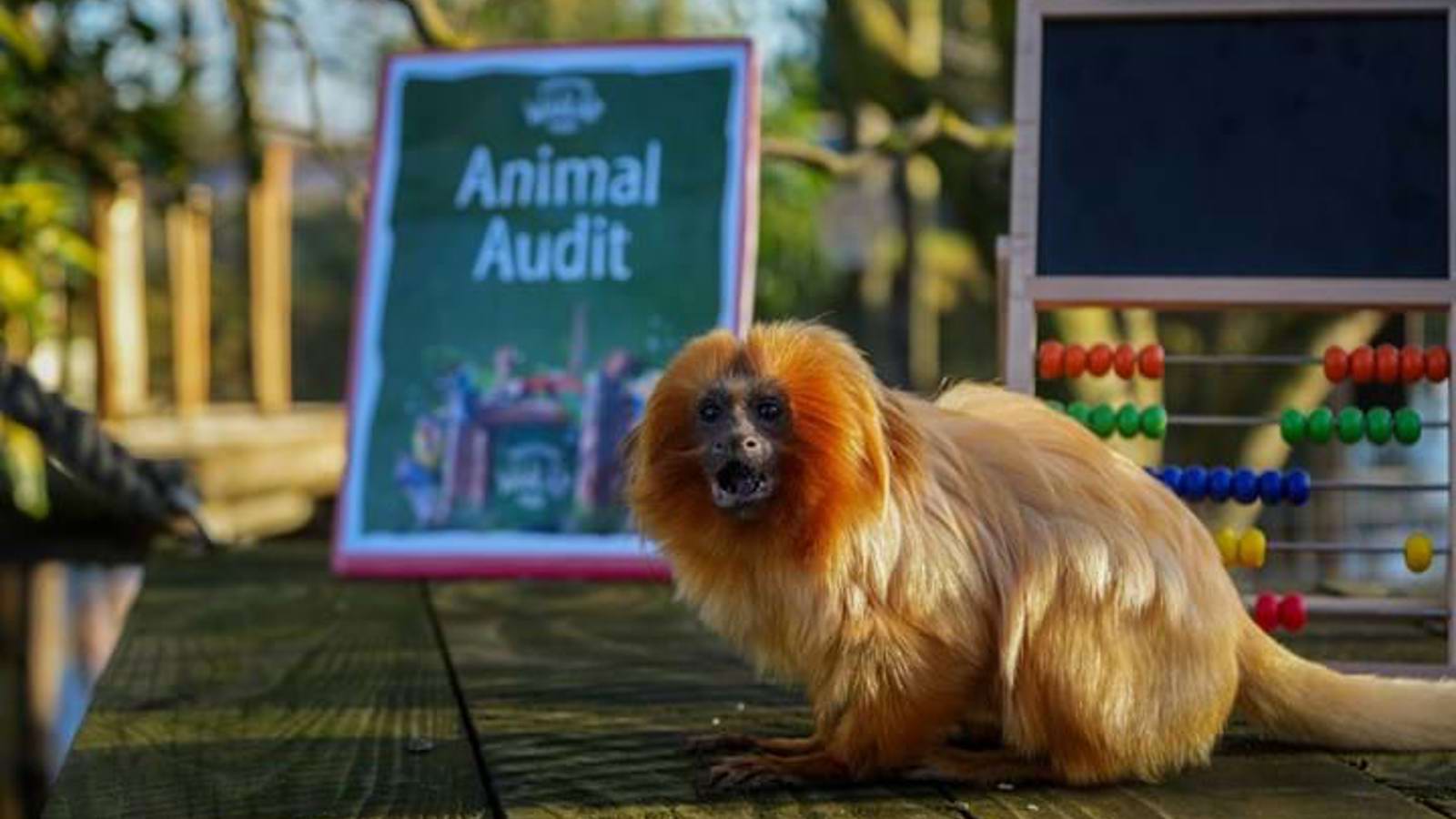
UK zoos collect detailed statistics on their animals which feeds into a national database and a global bank of information of more than 10 million animals from 22,000 species . The data is used to share knowledge and conservation successes such as the park’s successful breeding of an Amur Leopard cub this year.
Yorkshire Wildlife Park, which opened in 2009, works closely with The Wildlife Foundation, an animal welfare charity based at the park which is a partner and funder of conservation programmes around the world.
“It is important to gather even the most basic information in order to educate everyone about the multitude of species that live on our planet,” adds Colin.
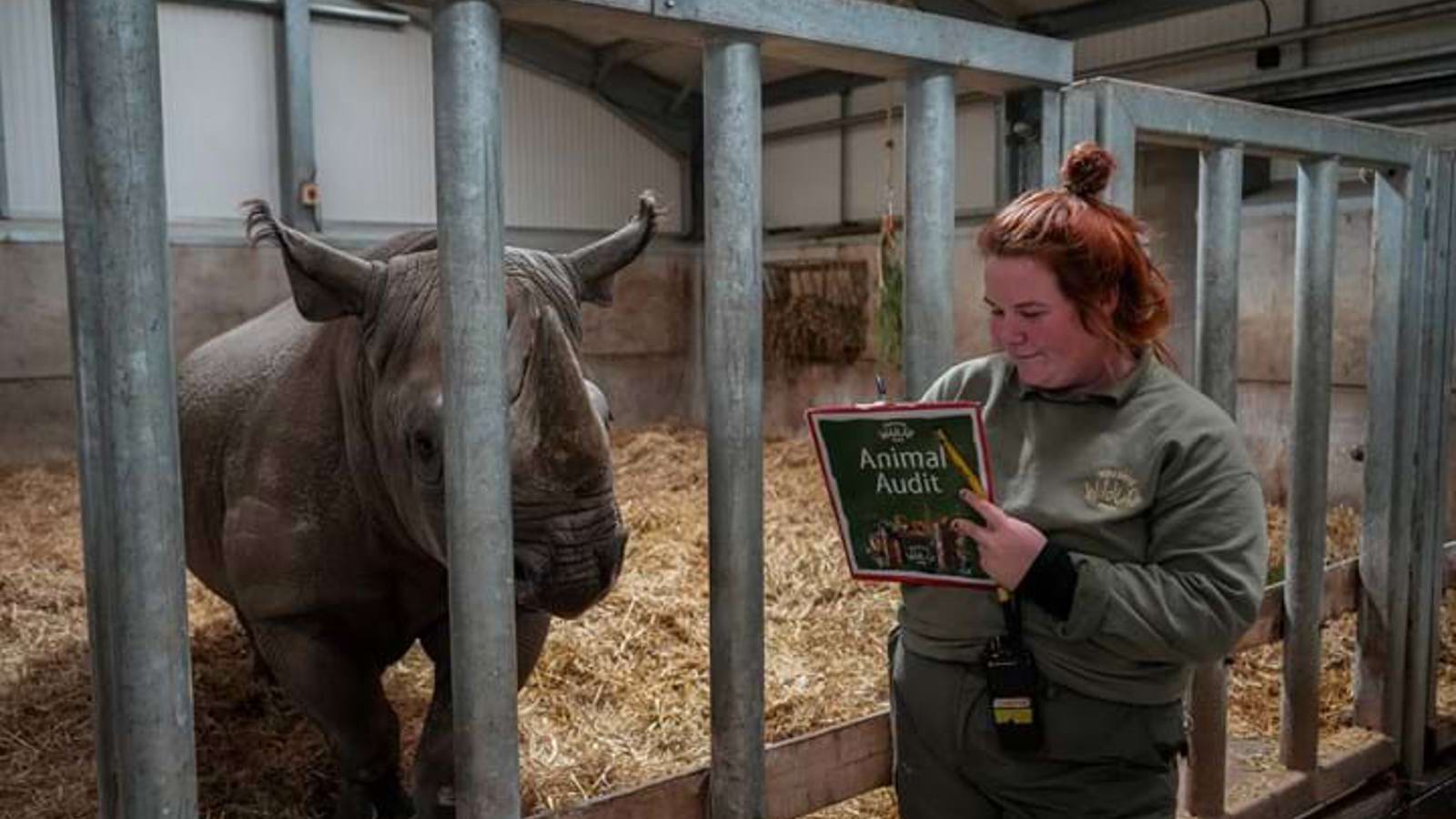
“At Yorkshire Wildlife Park, we give visitors the chance to come face to face with some of the rarest and most endangered species on the planet, such as the Polar Bear and Amur Leopard. But more needs to be done to protect these animals and this starts with education, which is supported by the animal audit.”
Colin added: “The process of counting, measuring and weighing each animal requires a lot of hard work. It is important to collect this data for ZIMS, the Zoo Information Management System, which is like an encyclopaedia of information of different species that is shared among other zoos internationally.”
“It is a great resource to improve our knowledge about all the different species, and we can share our conservation successes, like all of our new recent arrivals, including our critically endangered Amur Leopard cub, Auckley.”
Subscribe
Get the latest news & offers from Yorkshire Wildlife Park!

